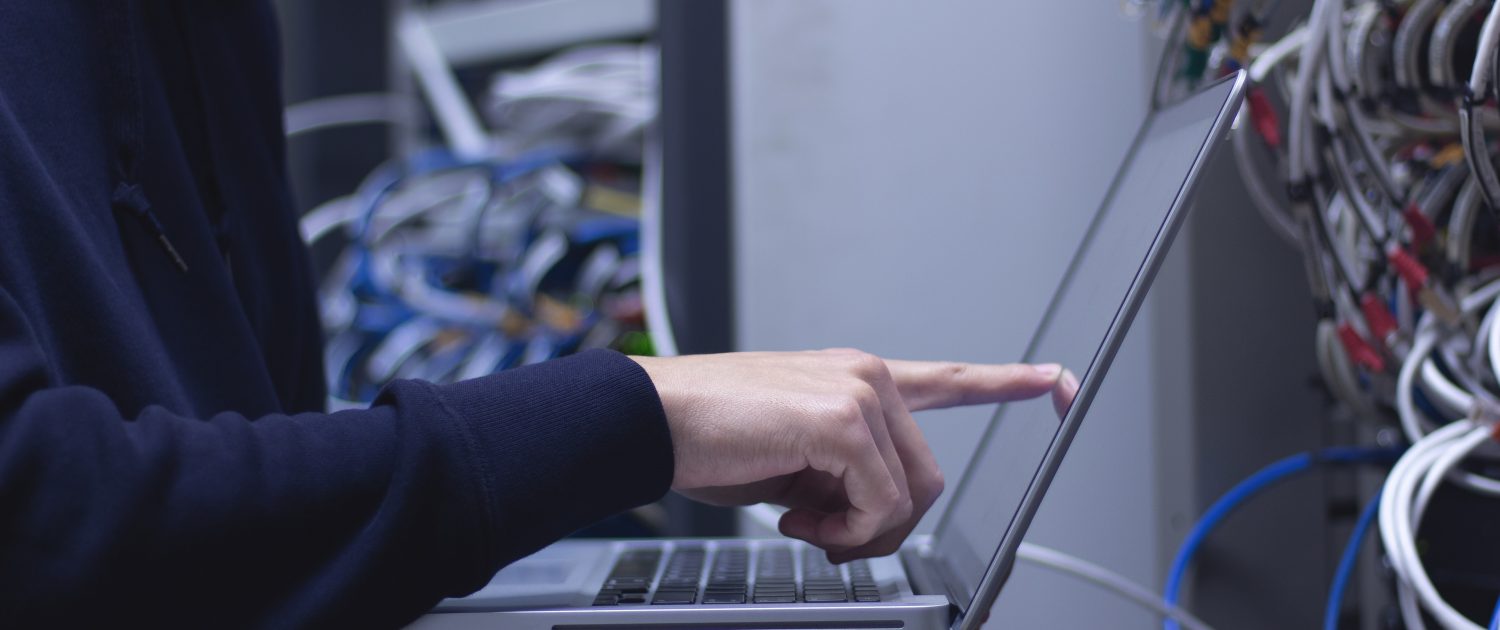
Reducing IT Downtime with Proactive Maintenance
The global COVID-19 pandemic has shaken up the world of global business IT, bringing with it an increased risk of downtime. Thanks to an unprecedented number of employees shifting to remote working, IT outages and brownouts have become more common. According to recent statistics, a shocking 51% of IT managers report an increase in downtime since March 2020.
This is very bad news for businesses hoping to remain productive and profitable for the foreseeable future. In 2020, a quarter of business leaders surveyed reported their average hourly downtime cost to be between $301,000 and $400,000. If that weren’t bad enough, repeated outages and brownouts can result in delayed order fulfilments and reputational damage and may require employees to work overtime. Combined, these problems can spell trouble for a business already attempting to navigate a tough business environment.
The solution
The good news is that avoiding downtime and keeping your business operations running smoothly isn’t rocket science. By adopting a proactive approach to IT maintenance, you can significantly reduce the frequency of brownouts and outages. Here are a few ways to address and prevent common issues:
Make the most of the cloud
One of the biggest headaches for IT managers during the pandemic has been the availability of servers. With employees no longer able to access on-premises hardware, some businesses have had to scramble to make data, software, and systems available to employees. Fortunately, it is possible to store critical data in a cloud server, thereby improving the speed of operations and reducing potential downtime.
Some IT managers are reluctant to make use of the cloud due to security concerns. However, it is worth noting that modern cloud servers tend to be very secure, offering 24/7 support systems, alert systems, and authorization functions designed to reduce the possibility of security breaches. By shopping around for a sophisticated cloud solution, you could strengthen your cybersecurity credentials.
Train employees to identify problems
It is vital that you train up your employees to identify and report potential IT problems, as this will help your technical team fix issues as quickly as possible. If, for example, an employee is experiencing slow loading times or is unable to access a piece of software, your entire IT system may have been affected by a security breach or a server problem. Fixing it as quickly as possible will boost your chances of experiencing significant downtime.
Carry out a risk audit
A risk audit is an assessment of your IT systems that involves looking at the durability of software and hardware and predicting when they may break down. Conducting regular assessments will help keep your IT infrastructure running smoothly, thereby avoiding downtime and financial losses.

Hand typing in computer keyboard. IT Expert
Enlist the help of a technical support business
For many corporate IT teams, the prospect of developing the technical knowledge necessary for maintaining a complex IT infrastructure is unrealistic. After all, IT maintenance is time-consuming, highly technical, and could end up distracting workers from important tasks.
This is where experienced technical service providers come in. An outsourced partner will proactively monitor your IT infrastructure at all hours of the day, ensuring that technical issues do not go undetected and significantly reducing the probability of an outage or brownout.
While outsourced parties obviously come at a cost, you will save money in the long term by supporting high productivity, reducing the likelihood of reputational damage, and avoiding costly technical mistakes. As the COVID-19 pandemic drags on and businesses continue to adapt to new ways of remote working, it has never been more important to have technical experts by your side.
Ask our team members any question that you have about your computers, servers, networks, mobile devices-anything IT.


